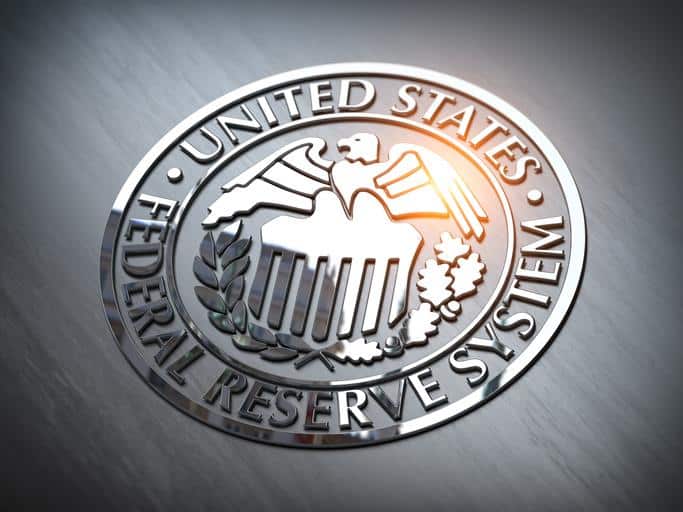February 1, 2023 (Staff Writer) The U.S. Federal Reserve (Fed) announced its first decision of 2023 for the Federal Funds rate today. An increase of 0.25 percentage points, taking rates between 4.50% and 4.75% was approved and adopted. This is now the eighth consecutive increase, after the seven increases that took place in 2022.
A 0.25-percentage-point hike represents continued tapering from larger increases in 2023 as the Fed gets close to maximum rates for this cycle and inflation fears begin to ease. The markets optimistically see inflation on a declining trajectory, but Fed officials have recently worried that core inflation is stubbornly high, and that upside risks to inflation remain.
The key questions center on how rate decisions in the spring will play out. The markets expect small hikes in February and March, but that’s it. In contrast, the Fed has signaled that at least a third hike may be needed, taking rate increases to the May meeting and perhaps beyond. It will be interesting to observe if the Fed continues to signal an intent to raise rates into the spring. It is possible that the recent run of favorable inflation data has given the Fed greater confidence that prices are under control. However, the market continues to show signs of a slowing labor market and key indicators point to a possible recession looming over the next year.
Personal Consumption Expenditures (PCE) Data
The Fed’s preferred inflation measure, core PCE inflation, was reported at a 4.4% annual rate for December 2022. Although it has trended down in recent months, the Fed may argue it hasn’t fundamentally changed from the 4.9% annual rate we saw in August 2022, and the 0.3% change in core prices month-on-month that we saw in December still implies annual inflation of over 4%, above the Fed’s target.
As such, markets will be watching for clues that the Fed is getting comfortable that inflation will return to the Fed’s target 2% level in short order, or if they want to wait for further evidence. The strong job market has given the Fed a little breathing room here as fears of near-term recession have receded. Of course, the Fed will remain data dependent, and if inflation readings for January and February aren’t encouraging, then rates may move higher than the market currently anticipates.
The second piece is assessing the Fed’s resolve to hold rates at a high level throughout 2023. The Fed has been clear that it intends to do so, but the market suspects that a weaker economy, or perhaps subdued inflation, could prompt the Fed to cut rates later in the year. A struggling housing market may also be a determining factor in whether the Fed holds steady throughout the year.













Curb inflation…they r killing would be homeowners….